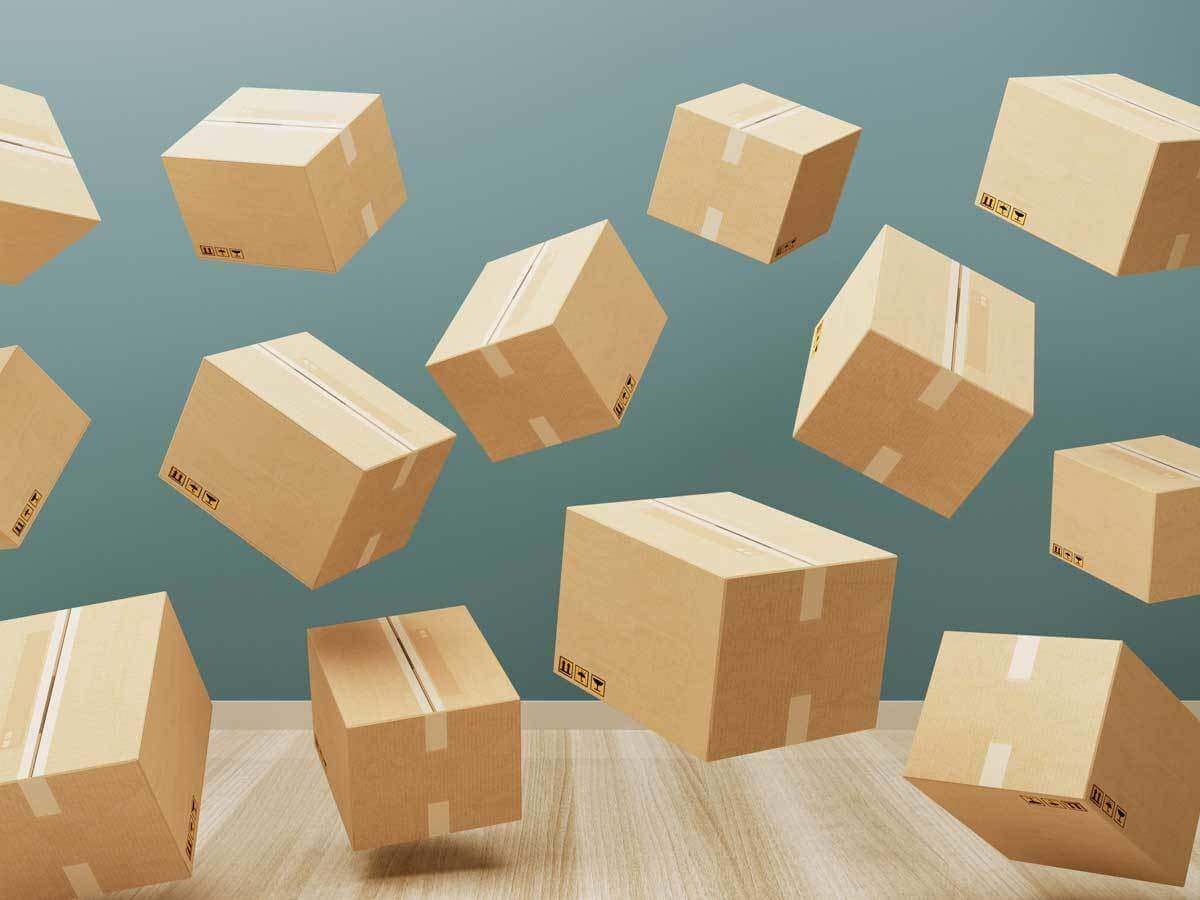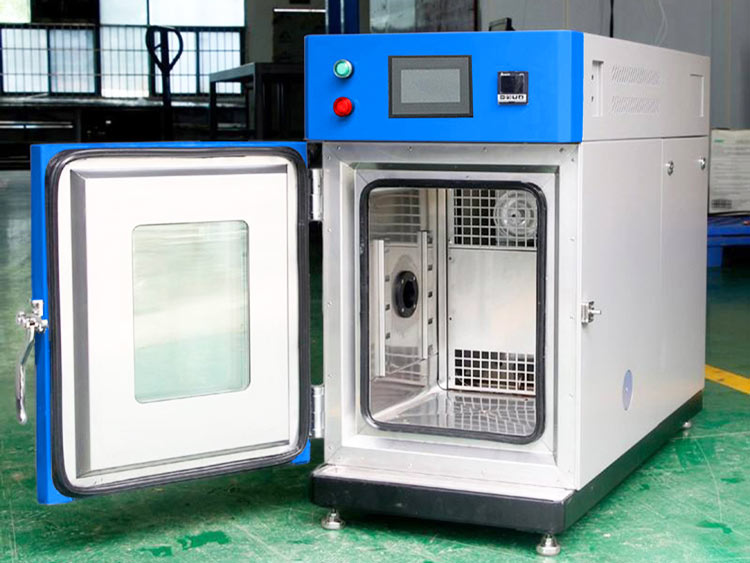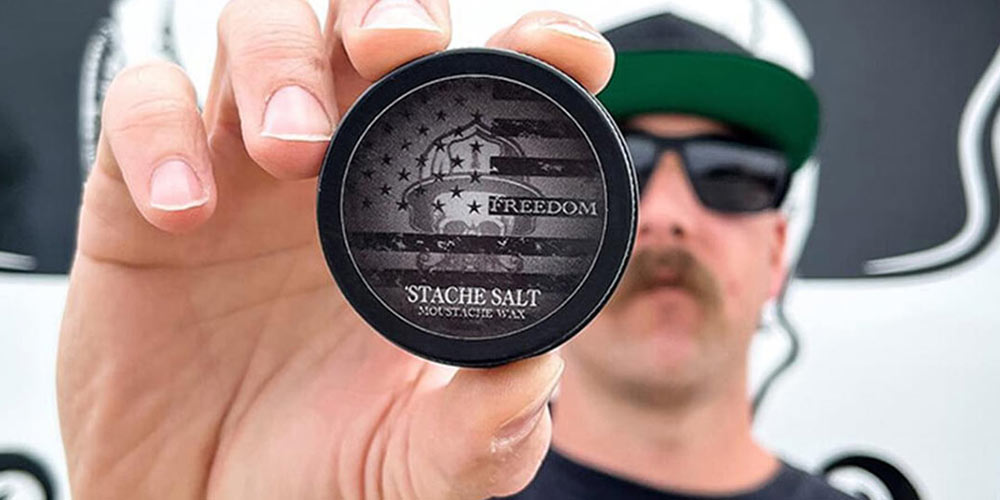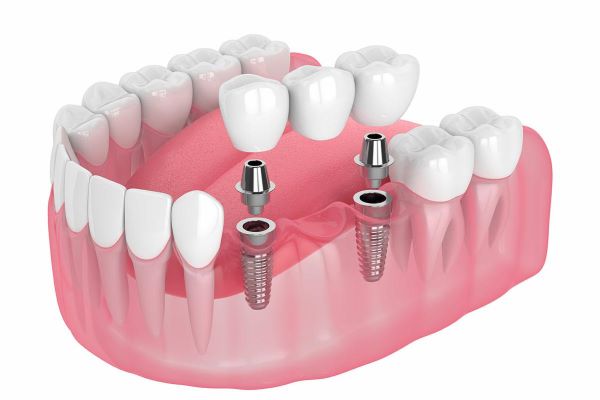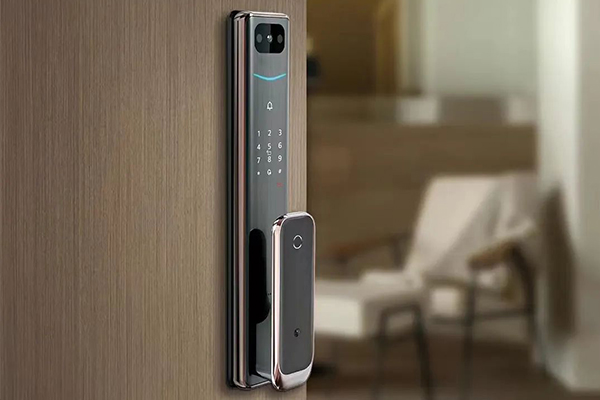When ordering custom-made shipping boxes to transport products to customers, many businesses initially assume that all boxes are merely made of cardboard. And if they have heard of corrugated, business owners might think there is no real difference between a cardboard and a corrugated shipping box. In fact, many people just assume that the terms “cardboard” and “corrugated” can be used interchangeably.
Those in the packaging industry, however, likely think of corrugated boxes first when they think of shipping packages. If you’re confused with all this terminology, you’re not alone, but the difference is actually quite important.
Keep reading to learn more about the difference between these two materials and decide which is right for your shipping needs.
1. How Are Cardboard and Corrugated Boxes Different?
Cardboard and corrugated boxes are different in a number of key ways, from the materials used to the way they’re constructed. These differences may seem small to those outside of the industry, but anyone in the shipping and packaging business knows how important the difference can be.
The major differences between cardboard and corrugated boxes focus on:
- The materials used to construct each type of box
- The construction process required for assembly
- The sturdiness of the finished product for shipping and storage purposes

2. What Makes a Cardboard Box?
When it comes down to it, the term “cardboard” can be used to describe any type of board made from heavy paper pulp. This could apply to the material used to make greeting cards or playing cards, for example. It could also apply to the thin chipboard that is used to manufacture cereal boxes. While corrugated materials may include some cardboard them, it’s important to know that these terms cannot be used interchangeably.
3. What Are the Differences Between the Two Materials?
While both cardboard packaging and corrugated packaging look similar and might seem to accomplish the same tasks, they’re actually quite different in structure and purpose. So when it comes down to corrugated vs. cardboard, which should you be using to satisfy your packaging needs — and those of your customers? Your choice of corrugated vs. cardboard will make a significant impact on customers’ impressions, so it’s important to understand the differences between the two shipping container types.
A cardboard carton is made of thick paper stock or heavy paper pulp. This material is used to make a variety of products such as small containers, product packaging, and even structural support for less rigid items like notepads, inserts that keep clothing items like button-up shirts from losing shape in their packaging, and more. Products can be shipped in containers made of cardboard, but it presents a risk to retailers as the material provides little protection and also requires extra material such as bubble wrap to ensure the products inside stay safe.
Corrugated cartons are made up of a few layers of material rather than just a single sheet. The three layers include an inside liner, an outside liner, and a medium that goes between the two, which is fluted. Corrugated is a resilient material that is also lightweight — an important consideration for those shipping a significant number of packages. These containers will remain sound even when exposed to shocks, moisture, and sudden temperature changes. While no container is invincible to excessive force or prolonged and harsh conditions, corrugated provides a higher level of assurance that your products will move from your warehouse to their final destination in great shape.
Note that cardboard boxes are made by a Boxmaker Machine, while Corrugated boxes are made by a specialized Corrugated Box Making Machine.
4. Why the Cardboard/Corrugated Difference Matters
So, for a business owner or manager, does the difference between cardboard and corrugated shipping materials really matter? Considering that these are two different materials and not the same thing as many people believe, it clearly does matter. When choosing the right materials to ship your products in, you need to know what kind of packaging you’re actually getting. Otherwise, you may not be representing your brand as well as you think you are.
5. What’s the Difference with a Corrugated Box?
The term “corrugated” refers to a specific type of material that is actually composed of three different sheets of containerboard, which are basically like thick paperboard. The two sheets on the outside are flat liners and the sheet in the middle has a rippled shape. A corrugated fiberboard sheet is created by gluing these three sheets together with a thick, starchy glue that is commonly used in the packaging industry.
When formed into boxes, corrugated sheets are ideal for shipping because they can easily be printed on, they are very strong and durable, and they are widely recycled. Corrugated boxes are used for everything from shipping to product displays, and although they start out brown they can be quickly transformed with a wide variety of colors, designs, text, and graphics printed directly on the material.
While the differences may seem insignificant at first, it should now be easy to see that cardboard is better left for the cards and cereal boxes. Corrugated cardboard, on the other hand, is the material of choice for shipping boxes. It isn’t an overly complicated definition, but an important one to remember when it comes time to order custom-made shipping boxes. Just don’t ever think a simple cardboard box is enough to ship your precious products in. For such an important task, you must always remember to turn to corrugated.
6. Benefits of Corrugated vs. Cardboard Boxes
Now that you understand the differences between a corrugated box and a cardboard box, let’s take a look at the benefits of each. Both corrugated and cardboard are useful for many applications. When it comes to shipping, however, corrugated is the clear choice. Explore the benefits of corrugated and cardboard boxes and when to use each style.
1) Why Is Corrugated Cardboard Popular?
The benefits of corrugated packaging include:
- Enhanced protection: Its multi-layered design provides a stable cushion that keeps products safe during transportation and handling. Corrugated also provides a durable barrier between your products and any outside moisture, keeping them dry on the road.
- Customization options: A corrugated board can be customized in a number of ways. From thickness and size to coatings, adhesives, graphics, and shapes, businesses can tailor almost every aspect of corrugated board to suit their product and brand.
- Cost-effective: Its lightweight, customizable design makes corrugated board one of the most cost-effective options. There’s no need for costly labor, expensive tools, or unnecessary bulk. Corrugated boxes can also be recycled and reused if needed.
2) What Are the Benefits of Cardboard Boxes?
Cardboard boxes are also a useful packaging option. While not ideal for shipping, cardboard boxes offer maximum lightweight efficiency when packaging very thin or light items. For example, they can be used to mail small items that require more padding than an envelope but don’t need the strength of a corrugated box. In this situation, choosing cardboard can help you cut down on costs and bulk. Cardboard boxes can also be used as inserts to help keep clothing or other light items folded correctly during shipping.
3) Which Items to Ship in Each Box Style
Since both cardboard and corrugated boxes can be used for packaging, how do you decide which box style to use? Typically, you’ll want to use corrugated and cardboard for the following applications.
4) What to Ship in Cardboard Boxes
Use standard cardboard shipping boxes for:
- Light clothing
- Small containers
- Structural support for non-rigid items that need inserts to retain their shape
- Cereal boxes
Keep in mind that cardboard is not recommended for shipping, as it does not offer the level of protection and durability needed to keep your items safe.
Note: Food-safe primary packaging should be used so that it does not come in direct contact with the corrugated shipping box.
5) What to Ship in Corrugated Boxes
Use customizable corrugated mailer boxes to package:
- Any items that need to be shipped
- Heavyweight items
- Retail displays
- Food, including perishable goods and delivery items like pizza
7. Conclusion
The above is the difference between cardboard boxes and corrugated boxes, I believe that after reading this article, you can choose the right packaging box for your own products.



